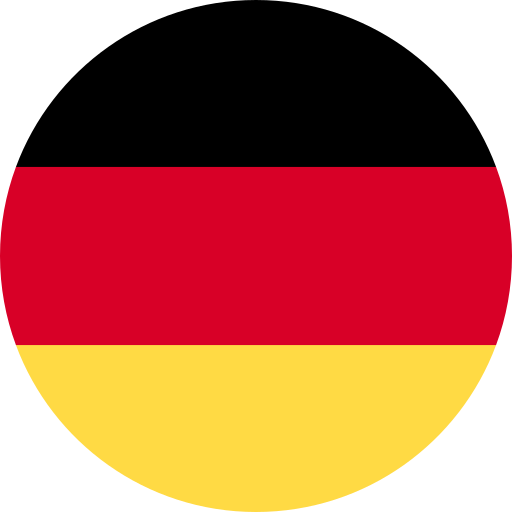Prototype-PCBs
Prototype PCBs are frequently used in prototype development to test and validate new designs before mass production. They often consist of standard materials like FR4 or CEM1 and offer a cost-effective solution for quickly creating circuit patterns. These circuit boards are typically simpler in construction and have a low layer count (often single- or double-sided), making them an ideal choice for initial test runs and rapid iterations. They are primarily used in research and development to quickly validate design concepts and test changes before more complex production versions are developed.
| Feature | Specification |
|---|---|
| FR4, CEM1, CEM3, Polyimide, Aluminum | |
| Layer | 1 to 4 layers (mostly single-layer or double-sided) |
| Board Thickness | 0.4 mm to 2.0 mm |
| Copper Foil | 18–70 µm (standard: 18 or 35 µm) |
| Treatment | HASL, ENIG, OSP, Immersion Silver/Tin |
| Solder Mask | Green, Blue, Black (as needed) |
| Application | Prototype development, research and development, quick design test samples |
Applications
-

Produktentwicklung
Prototype PCBs ermöglichen Ingenieuren und Entwicklern, neue Schaltungen zu testen und zu optimieren, bevor sie in die Serienproduktion gehen. Sie helfen, Fehler frühzeitig zu identifizieren und Entwicklungszeiten zu verkürzen.
-

Medizintechnik
In der Medizintechnik sind zuverlässige Prototypen entscheidend für Innovationen in Diagnose- und Behandlungstechnologien. Prototype PCBs ermöglichen Tests neuer Konzepte für medizinische Geräte und Sensoren.
-

Automobilindustrie
Bevor neue Fahrzeugsysteme oder Steuergeräte in Serie gehen, werden sie mit Prototype PCBs entwickelt und erprobt. Sie sind essenziell für ADAS, Batteriemanagementsysteme und Infotainment-Technologien.
-

Telekommunikation
Ob für 5G-Technologien oder Hochgeschwindigkeitsnetzwerke – Prototype PCBs werden genutzt, um Signalstabilität, Bandbreite und Zuverlässigkeit neuer Kommunikationssysteme zu testen.
-

Industrieelektronik
Von smarten Sensornetzwerken bis zu industriellen Steuerungen – Prototype PCBs sind essenziell für die Entwicklung neuer IoT- und Automatisierungstechnologien. Sie ermöglichen flexible Anpassungen in der Testphase.
Features
Discover the advanced capabilities Lexington can deliver.
- Vias
- Conductive pathways interconnecting PCB layers.
- Surface Finish
- High-quality surface treatments to enhance solderability and protect the board.
Frequently asked questions
Can’t find the answer you’re looking for? Reach out to our customer support team
